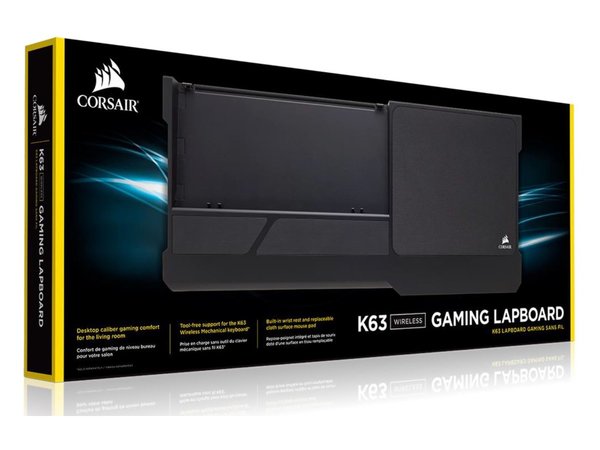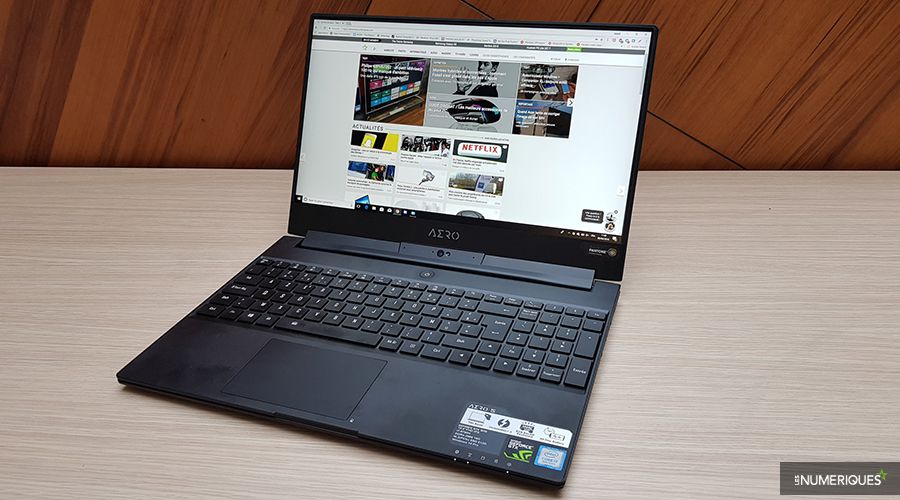The 8 (truly) best 3D printers of 2018 – a comprehensive comparison
The best product for beginners is unquestionably the FlashForge Finder 3D. While it is very affordable, it still provides good print quality. It is also highly compact – which could be an important consideration depending on your particular setup and type of usage.
The best semi-professional model is the Dremel Digilab 3D45. Belonging to a higher class of product, it offers very good print quality (even for highly detailed objects).
The best 3D printers retailing for under 500$
3D printers retailing for less than 500 euros are generally geared towards beginners. While these printers are not precise enough to produce industrial prototypes, they are perfect for taking your first steps into the world of 3D printing without spending much money.
You will, however, want to avoid very inexpensive 3D printers which are often of poor quality – making them, for all intents and purposes, unusable.
You should also be aware of the fact that models in this price range often have quite a limited print volume and limited print resolution.
XYW Da Vinci Mini: an inexpensive and efficient 3D printer
- Low price
- Good print quality
- Easy to use
- Fast printing
- Limited material types
- Limited to using XYZ filament
The Da Vinci Mini is the first 3D printer that we recommend in this guide and while it retails for a very low price, the quality of its printed objects is very respectable.


 Two years ago, the “Steam machine” craze motivated several manufacturers to conceive an innovative new device: the lapboard. This accessory is intended to allow keyboard and mouse aficionados to game in their living room while maintaining maximum comfort. The Corsair Lapdog, Razer Turret, and Roccat Sova were among the first of this type of product to become available.
Two years ago, the “Steam machine” craze motivated several manufacturers to conceive an innovative new device: the lapboard. This accessory is intended to allow keyboard and mouse aficionados to game in their living room while maintaining maximum comfort. The Corsair Lapdog, Razer Turret, and Roccat Sova were among the first of this type of product to become available. With the V8, Gigabyte has concentrated on improving the Aero 15’s internal components rather than its exterior design. In terms of its outward appearance, the Aero 15 V8 is very similar to previous versions – which is a good thing considering how much effort this Taiwanese manufacturer has put into perfecting the Aero’s design. The Aero 15X V8’s sober look can be attributed in large part to its black aluminum chassis. The matte black coating used on top of and around its keyboard is in keeping with the Aero’s overall color scheme; it does, however, have a tendency to reveal fingerprint smudges.
With the V8, Gigabyte has concentrated on improving the Aero 15’s internal components rather than its exterior design. In terms of its outward appearance, the Aero 15 V8 is very similar to previous versions – which is a good thing considering how much effort this Taiwanese manufacturer has put into perfecting the Aero’s design. The Aero 15X V8’s sober look can be attributed in large part to its black aluminum chassis. The matte black coating used on top of and around its keyboard is in keeping with the Aero’s overall color scheme; it does, however, have a tendency to reveal fingerprint smudges.